By Chuck Baclagon
The 1980s was a turning point in Philippine history, because it was a decade of events that determined our current state as a people –it was when we as a people rose up to reclaim power from the Marcos dictatorship and in effect paved the way for elite democracy to return to Philippine politics.
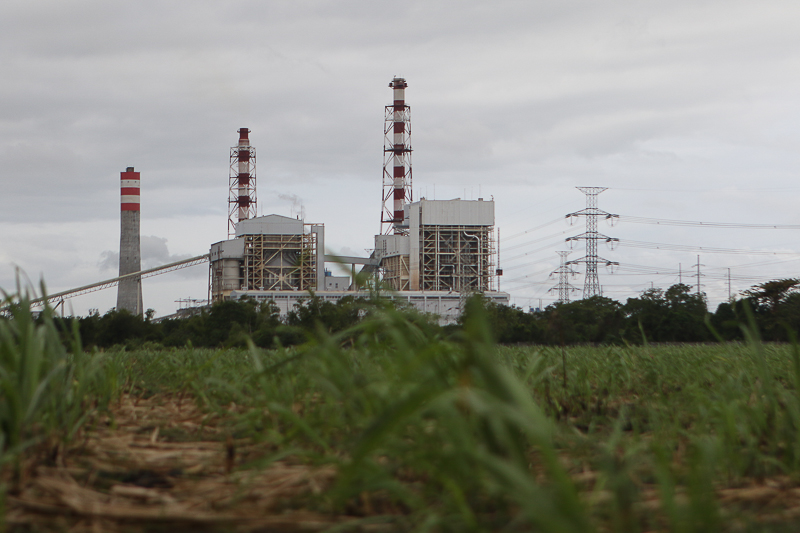
The Calaca coal power station looms over a wide sugarcane field planted along the route to Barangay Quisumbing, Calaca, Batangas. © AC Dimatatac
It was a watershed moment for our country’s energy choices alongside a failed attempt at opening a nuclear power plant admist widespread people’s protest. The Marcos dictatorship consigned the Philippines to the path of fossil fuel dependence with the opening of the Calaca coal plant in 1984.
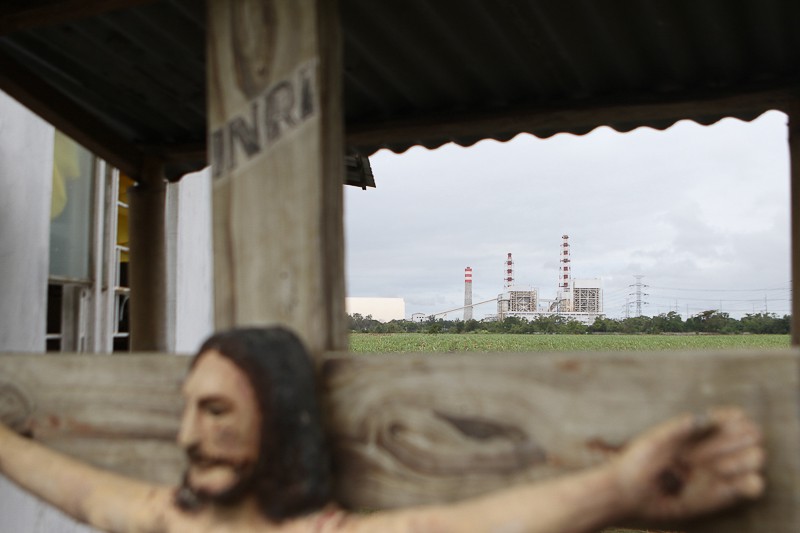
The coal plant stands prominently behind the statue of a crucified Christ at a chapel near Barangay Quisumbing, Batangas. © AC Dimatatac
In 1981 under the pretext of using the power of eminent domain the government acted to arbitrarily convert 167 hectares of agricultural lands for the construction of the coal plant in San Rafael village in Calaca. The coal plant is known as the first and oldest operating coal plant in the country causing great damage to the environment and health of the residents for over three decades.
The Calaca power station today stands as a 600-megawatt (MW) coal-fired power station owned by DMCI Holdings Incorporated which bought the plant from the Philippine government in July 2009.
To date DMCI is planning on expanding the coal plant’s current capacity to 1200MW.
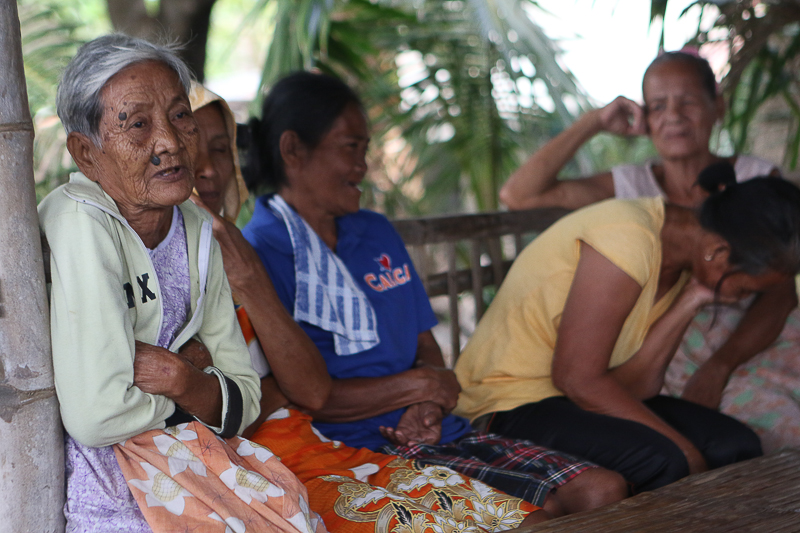
Elders of the Barangay Quisumbing share their experiences about the coal power plant near their area. © AC Dimatatac
More than 30 years of struggle
Beyond the damage brought about by the operation of the coal plant, stands one of the longest and most resilient community-led resistance against projects that have placed profit over people and ecosystems.
The grassroots struggle began in 1981 with Erning Castellano and Noel Malabanan, fishermen from Quisumbing village in Calaca town, became leader-organizers of communities that opposed the construction of the the coal plant. Faced with strong opposition from Quisumbing village, the government transferred the site of the coal plant in nearby San Rafael village. In 1983, the two leaders were accosted by Philippine Constabulary men. Malabanan was shot dead, while the suspects took Castellano. He remains missing.
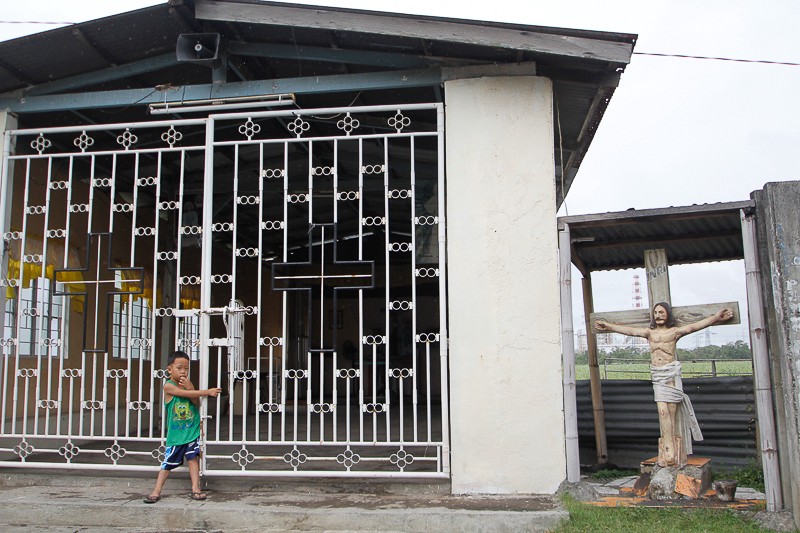
A child plays in front of a chapel that stands along the route to Barangay Quisumbing, Calaca, Batangas. © AC Dimatatac
There were documented cases of people eating inside mosquito nets to prevent their food from being covered with coal ash that’s being spewed by the facility in the community of Calaca.
Moreover, a Greenpeace report also confirmed the presence of the deadly neurotoxin mercury on ash dumped by Calaca plant in nearby open fields, and drew attention to the alarming buildup of toxic heavy metals beside coastal fishing grounds in the plant’s vicinity. Residents of villages surrounding the coal plant are also subjected to frequent blasts of ash carried by winds. Serious respiratory afflictions have reportedly become part of their daily lives.
The coal plant’s 31 years of operation have accumulated pollution in the air, water and land, which caused hardships on the population – marked by deteriorating health conditions amongst communities adjacent to this pollutive power plant, including lower respiratory tract infections, pneumonia, hypertension and diarrhea. Furthermore, the coal plant has not fulfilled its intended purpose of providing easier access to electricity; even communities surrounding it have not benefited from the presence of the power plant.
Freedom from coal
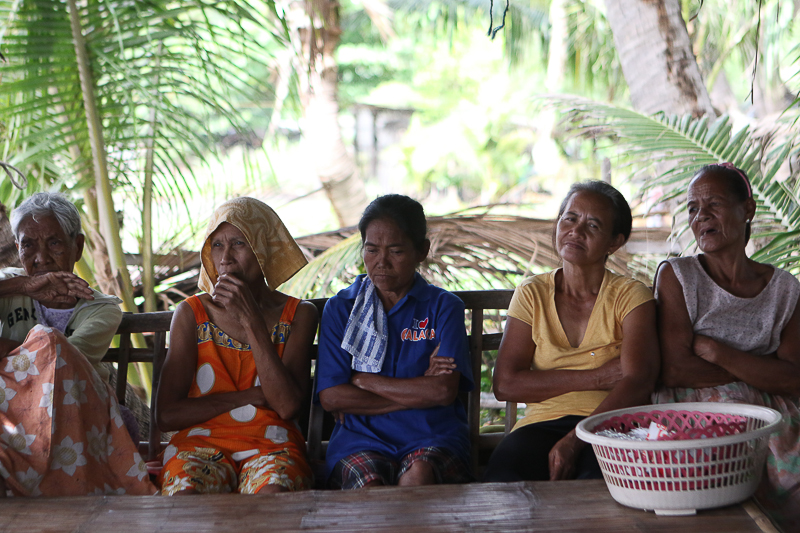
Residents speak about how they bore witness to the construction and eventual 30-year operation of the coal plant that continues to this day. © AC Dimatatac
Today the grassroots resistance continues in the work of Bukluran Para Sa Inang Kalikasan and Power Just, which were among the many community-led resistance that joined the Break Free from fossil-fuels week of action in May of last year.
Last September they also held a series of protests that began with a forum in Baclaran Redemptorist Church in Parañaque City, a protest at the Department of Energy in Bonifacio Global City in Taguig on September 8, and the next day, September 9, a picket-dialogue at the Department of Environment and Natural Resources (DENR) in Quezon City.
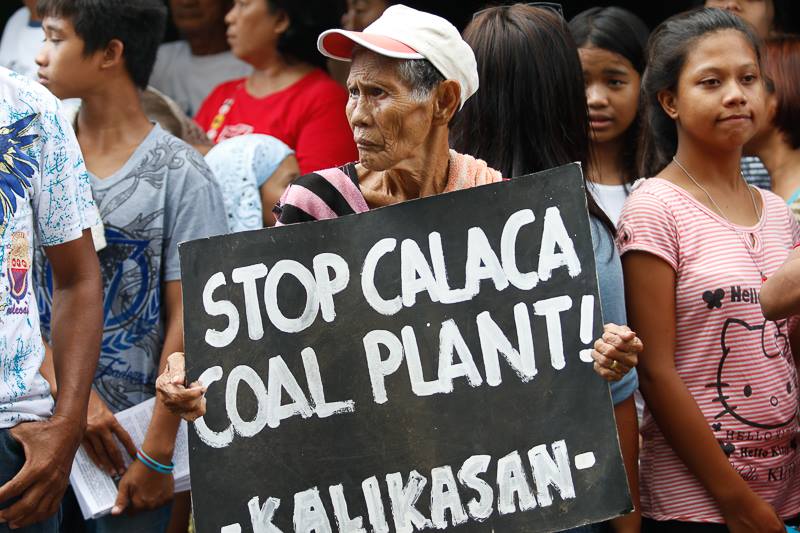
Community representatives call for the closure of the Calaca coal plant. © AC Dimatatac
At the DENR, the groups echoed the initial results of a four-day environmental investigative mission and medical mission conducted in 10 villages in the towns of Calaca and Balayan on September 1 to 4, 2017. Moreover, they submitted a petition to Environment Secretary Gina Lopez, which called on government to:
- Impose a moratorium on the construction of new or expansion of existing coal power plants in Batangas province and the rest of the country;
- Demand indemnification from the DMCI company for communities adversely affected by the Calaca Coal Power Project;
- Begin the transition of existing coal power projects towards cleaner and safer technologies – prioritizing the Calaca Coal Power Project; and
- Recommend to Congress the repeal of energy privatization policies especially the Electric Power Industry Reform Act (EPIRA) to return the public interest-orientation of the strategic industry.
The residents of Calaca have suffered enough. The reported cases in the communities of Calaca prove that coal kills and gives us warrant to escalate our collective struggle for transition from dirty fossil-fuels to that of renewable energy systems that benefit both people and ecosystems.
